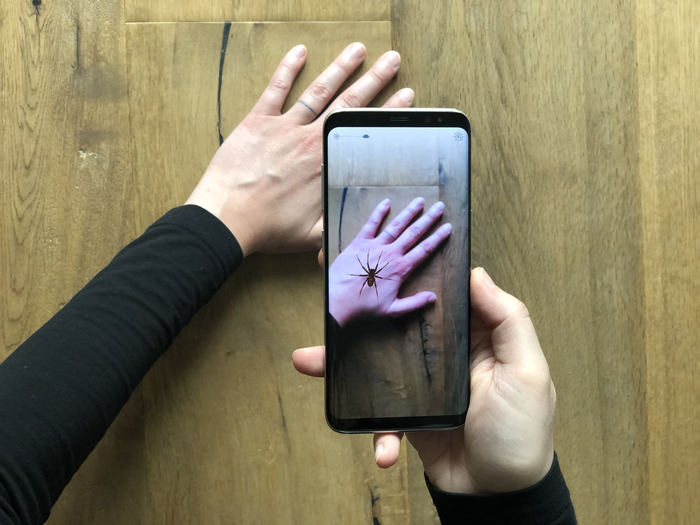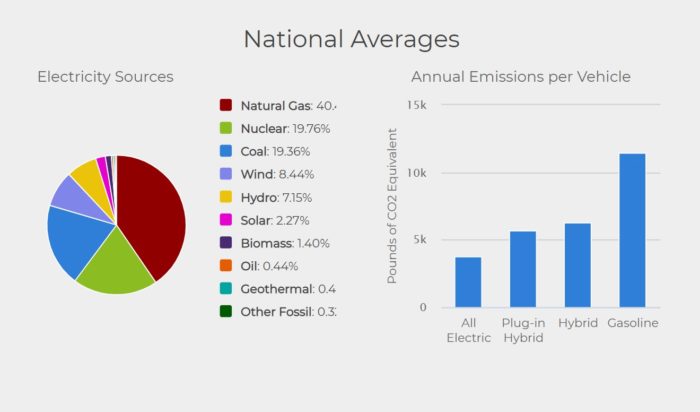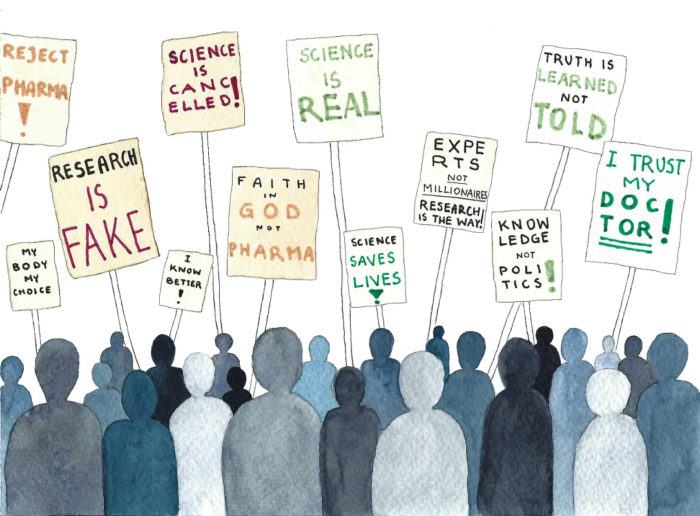Sep 21 2021
Virtual Phobia Treatment
 Are you afraid of spiders? I mean, really afraid, to the point that you will alter your plans and your behavior in order to specifically reduce the chance of encountering one of these multi-legged creatures? Intense fears, or phobias, are fairly common, affecting from 3-15% of the population. The technical definition (from the DSM-V) of phobia contains a number of criteria, but basically it is a persistent fear or anxiety provoked by a specific object or situation that is persistent, unreasonable and debilitating. In order to be considered a disorder:
Are you afraid of spiders? I mean, really afraid, to the point that you will alter your plans and your behavior in order to specifically reduce the chance of encountering one of these multi-legged creatures? Intense fears, or phobias, are fairly common, affecting from 3-15% of the population. The technical definition (from the DSM-V) of phobia contains a number of criteria, but basically it is a persistent fear or anxiety provoked by a specific object or situation that is persistent, unreasonable and debilitating. In order to be considered a disorder:
“The fear, anxiety, or avoidance causes clinically significant distress or impairment in social, occupational, or other important areas of functioning.”
The most effective treatment for phobias is exposure therapy, which gradually exposes the person suffering from a phobia to the thing or situation which provokes fear and anxiety. This allows them to slowly build up a tolerance to the exposure (desensitization), to learn that their fears are unwarranted and to reduce their anxiety. Exposure therapy works, and reviews of the research show that it is effective and superior to other treatments, such as cognitive therapy alone.
But there can be practical limitations to exposure therapy. One of which is the inability to find an initial exposure scenario that the person suffering from a phobia will accept. For example, you may be so phobic of spiders that any exposure is unacceptable, and so there is no way to begin the process of exposure therapy. For these reasons there has been a great deal of interest in using virtual/augment reality for exposure therapy for phobia. A 2019 systematic review including nine studies found that VR exposure therapy was as effective as “in vivo” exposure therapy for agoraphobia (fearing situations like crowds that trigger panic) and specific phobias, but not quite as effective for social phobia.

 You’ve probably noticed that it’s very difficult to write a character who is extremely intelligent in some way. It’s easy to make a character knowledgeable, because you can just put a lot of facts into their mouth. The character Arthur P. Dietrich (played by Stephen Landesberg) on the sitcom Barney Miller always had a relevant fact at the ready. He seemed to know everything. What’s difficult is making a character wise, or giving them the ability to think in complex and logical ways. More specifically, it’s difficult to write a character that’s smarter than the writer themselves.
You’ve probably noticed that it’s very difficult to write a character who is extremely intelligent in some way. It’s easy to make a character knowledgeable, because you can just put a lot of facts into their mouth. The character Arthur P. Dietrich (played by Stephen Landesberg) on the sitcom Barney Miller always had a relevant fact at the ready. He seemed to know everything. What’s difficult is making a character wise, or giving them the ability to think in complex and logical ways. More specifically, it’s difficult to write a character that’s smarter than the writer themselves. About a month ago
About a month ago  It is a fundamental truth of human behavior that people sometimes cheat. And yet, we tend to have strong moral judgements against cheating, which leads to anti-cheating social pressure. How does this all play out in the human brain?
It is a fundamental truth of human behavior that people sometimes cheat. And yet, we tend to have strong moral judgements against cheating, which leads to anti-cheating social pressure. How does this all play out in the human brain? Ammonia is the second most produce industrial chemical in the world. It is
Ammonia is the second most produce industrial chemical in the world. It is  One of the technologies that had to be developed in order to return to the Moon, and possibly go on to Mars, is spacesuits. It may seem like we already have developed adequate spacesuit technology, since we used them on the Moon during the Apollo missions, but this is not true. The Apollo suits were only designed to survive for days on the Moon, not for the much longer missions the Artemis program plans. They were also very clumsy, as you can tell from watching any Apollo footage of the astronauts.
One of the technologies that had to be developed in order to return to the Moon, and possibly go on to Mars, is spacesuits. It may seem like we already have developed adequate spacesuit technology, since we used them on the Moon during the Apollo missions, but this is not true. The Apollo suits were only designed to survive for days on the Moon, not for the much longer missions the Artemis program plans. They were also very clumsy, as you can tell from watching any Apollo footage of the astronauts. I recently purchased a full electric vehicle (EV) and so far I’m very satisfied with the purchase. The functionality and performance is just superior, in my opinion, to similar internal combustion engine (ICE) vehicles. The up front cost is a little higher than for a similar ICE vehicle, but that difference is coming down, especially if you consider the reduced cost of operation from reduced fuel and maintenance costs. In fact, depending on the specifics some EVs may be cheaper over the lifetime of the car vs a similar ICE vehicle.
I recently purchased a full electric vehicle (EV) and so far I’m very satisfied with the purchase. The functionality and performance is just superior, in my opinion, to similar internal combustion engine (ICE) vehicles. The up front cost is a little higher than for a similar ICE vehicle, but that difference is coming down, especially if you consider the reduced cost of operation from reduced fuel and maintenance costs. In fact, depending on the specifics some EVs may be cheaper over the lifetime of the car vs a similar ICE vehicle.  The International Space Station (ISS) is getting old. Construction started on the station in 1998 and it has been continuously occupied since November 2000. Construction took 10 years, 30 missions, 15 space agencies, and 15 countries to complete. The lifespan of the modules that make up the ISS was originally set at 15 years, but this has been extended to 30 years, with the ISS commissioned through 2028. It is unclear if it will be extended beyond that.
The International Space Station (ISS) is getting old. Construction started on the station in 1998 and it has been continuously occupied since November 2000. Construction took 10 years, 30 missions, 15 space agencies, and 15 countries to complete. The lifespan of the modules that make up the ISS was originally set at 15 years, but this has been extended to 30 years, with the ISS commissioned through 2028. It is unclear if it will be extended beyond that. The ultimate goal of scientific skepticism is to skillfully use a process that has the maximal probability of accepting claims that are actually true and rejecting those that are false, while suspending judgment when an answer is not available. This is an open-ended process and is never complete, although some conclusions are so solid that questioning them further requires an extremely high bar of evidence. There are many components to scientific skepticism, broadly contained within scientific literacy, critical thinking skills, and media savvy. Traditional science communication focuses on scientific literacy (the so-called knowledge deficit model), but in the last few decades there has been copious research showing that this approach is not only not sufficient when dealing with many false beliefs, it may even be counterproductive.
The ultimate goal of scientific skepticism is to skillfully use a process that has the maximal probability of accepting claims that are actually true and rejecting those that are false, while suspending judgment when an answer is not available. This is an open-ended process and is never complete, although some conclusions are so solid that questioning them further requires an extremely high bar of evidence. There are many components to scientific skepticism, broadly contained within scientific literacy, critical thinking skills, and media savvy. Traditional science communication focuses on scientific literacy (the so-called knowledge deficit model), but in the last few decades there has been copious research showing that this approach is not only not sufficient when dealing with many false beliefs, it may even be counterproductive.




